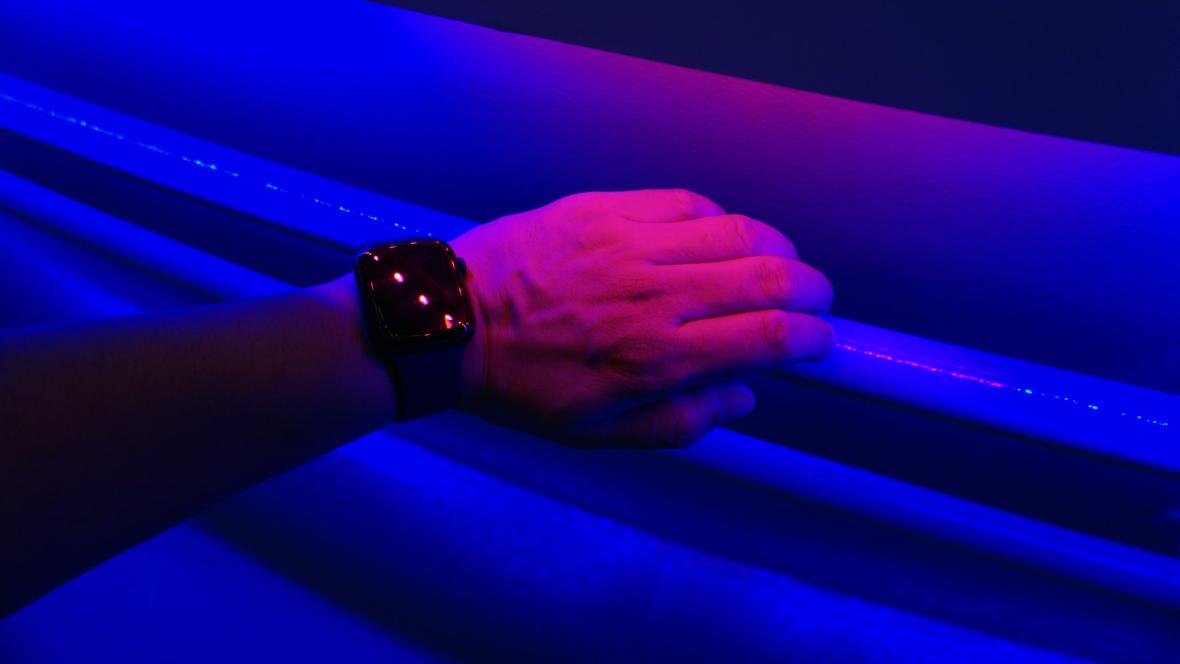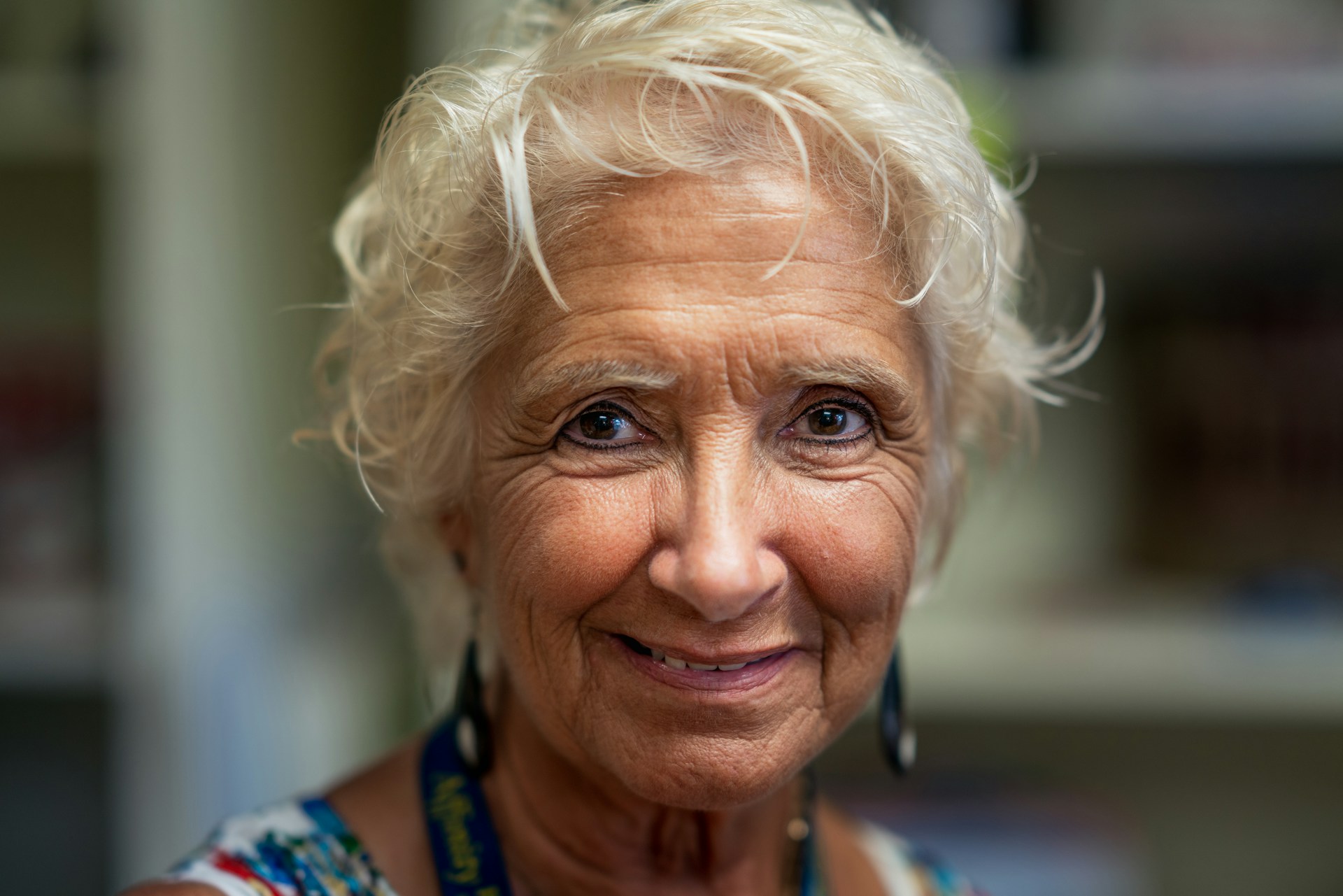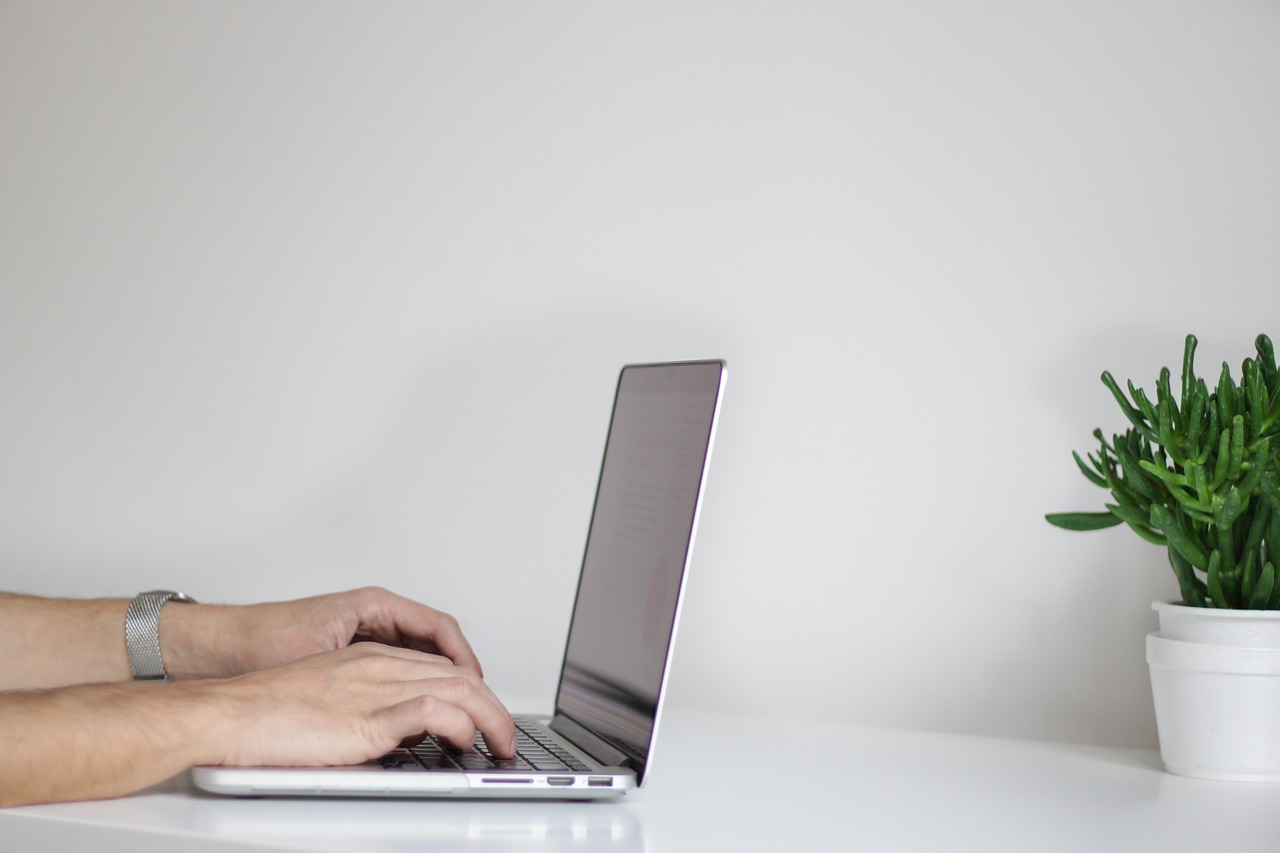The future of elderly care is already here

Growing older is an inevitable facet of our lives, and as society is tending to become more and more ageing, specific care is becoming more and more important. Being able to offer a quality and safe service is a common goal, and in this area, more and more devices are appearing on the market that are making it possible to automate and simplify this care. More and more companies are designing their suite of caregiving-oriented products and offering comprehensive monitoring solutions for dependent persons, as well as 24-hour assistance. The natural result of the implementation of these devices is a huge increase in the amount of data collected, and these are precisely the best foundations we can find to be able to apply machine learning.
We understand machine learning to be the discipline within artificial intelligence that gives computers, through algorithms, the ability to identify patterns in large volumes of data and make predictions.
There are many articles [1][2][3] that detail the different techniques and algorithms used in real cases, but almost all of them follow the same lines: the use of machine learning for the recognition of behavioural patterns through the use of cameras and environmental sensors. We can find data sources of all kinds.
-
Cameras that follow the silhouette of the person.
-
Thermal cameras to detect temperature variations.
-
IC card sensors for keys to recognise whether they have been placed in the right place.
-
Piezoelectric sensors in the bed to identify movements and pressure differences.
-
Accelerometers in the pillow.
-
Motion sensors at room entrances.
-
Laser scanners.
-
Activity wristbands that measure heart rate, oxygen saturation, etc…
Sensors on bed, pillow and fridge; and motion sensor. (https://www.thinkmind.org/articles/ambient_2018_1_30_40012.pdf )
Based on this data, different machine learning algorithms are trained to predict users' habitual behaviours. In this way, routine actions such as waking up and going to the kitchen for breakfast, using the bathroom or going for a walk are controlled with a certain degree of flexibility in order to identify events that are out of what should be considered normal. Some of the algorithms that can be used are Gaussian Naive Bayes, AdaBoost, k-Nearest Neighbor, Stochastic Gradient Descent, Support Vector Machines, Logistic Regression, Gradient Boosting Decision Tree or Random Forest. [4] However, the amount of information is a differential factor when applying artificial intelligence techniques. This is why there are datasets (data banks) already generated that allow a basis for training the algorithms to be established. With this base, and with the particularisation applied to each individual user (through the collection of their own data), the algorithms are adapted to control the expected behaviour.
The purpose of these algorithms is as varied as you like, and their utilities also vary according to the needs of their users.
-
Alert if the user leaves the home and does not return within a specified time.
-
Alert for an abnormal position of the user (e.g. if the person is lying down or on the floor, which may indicate a fall).
-
Alert for a change in the number or duration of toilet visits (may indicate a urinary tract infection or dehydration).
-
Alert for wandering behaviour of the user.
-
Alert for anomalous movements of an activity wristband (e.g. the user is not detected to have eaten).
Sequence of activities, with the sequence A1-A2 marked in yellow. (https://www.ncbi.nlm.nih.gov/pmc/articles/PMC8840439/)
It is true that at this point there are certain aspects to take into account. On the one hand, there are many users who, either for personal reasons or simply for privacy reasons, are not willing to be subjected to a video surveillance system all day long, despite the benefits it can offer them and the fact that data protection laws protect the anonymity of their information. In other cases, cultural aspects also play a key role. CarePredict [5], a wearable device that detects eating movements, has not been adjusted for people who eat with chopsticks instead of forks despite its launch in Japan, and this is on its to-do list. SafelyYou [6] installed a fall detection system for its 23 flats, and while the system has reduced trips to hospital by 80% by detecting all known falls, it has also generated false alarms on occasions when the person is for example on the floor praying.
However, there are also many success stories such as that of 85-year-old Kellye [7] who has become dependent, and whose daughter Franklin is alerted by motion sensors connected to an artificial intelligence system in her home if her father's behaviour shows any strange patterns.
Bibliography
[1] Identifying and Monitoring the Daily Routine of Seniors Living at Home
[2] Daily Life Monitoring System with Behavior Pattern Recognition Using Ambient Sensors
[3] Framework for an Intelligent Affect Aware Smart Home Environment for Elderly People
[5] CarePredict
[6] SafelyYou
[7] The future of elder care is here – and it’s artificial intelligence


